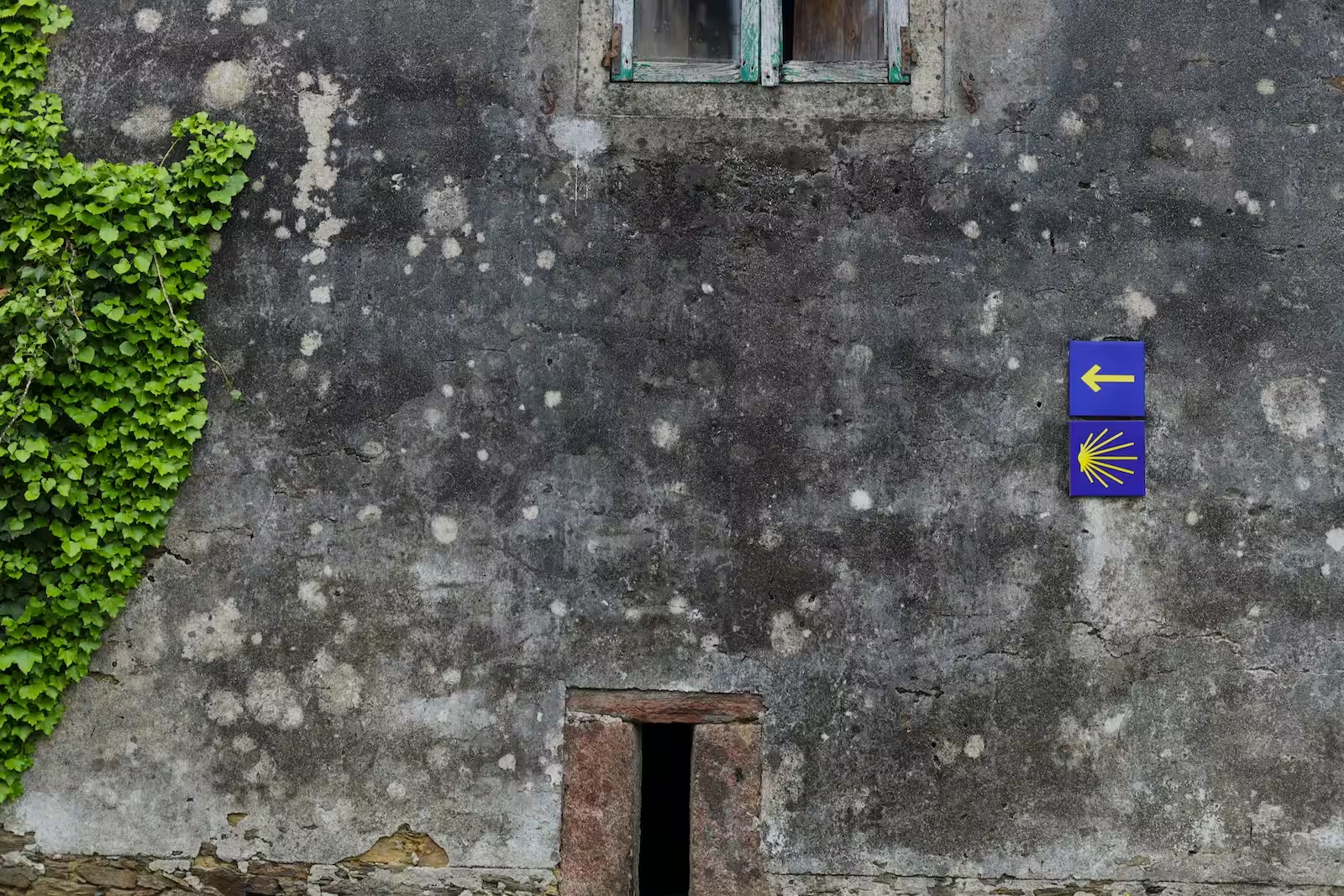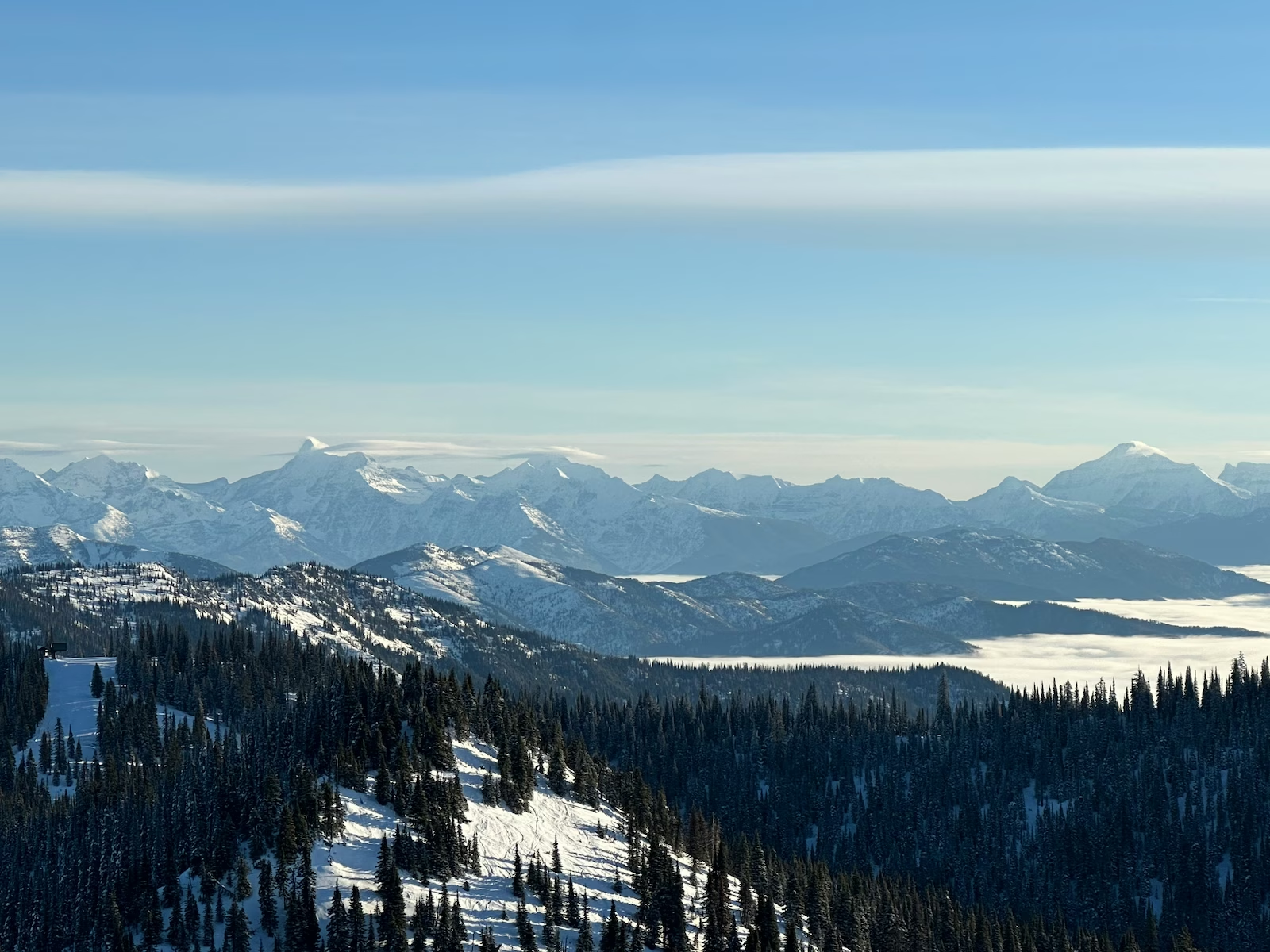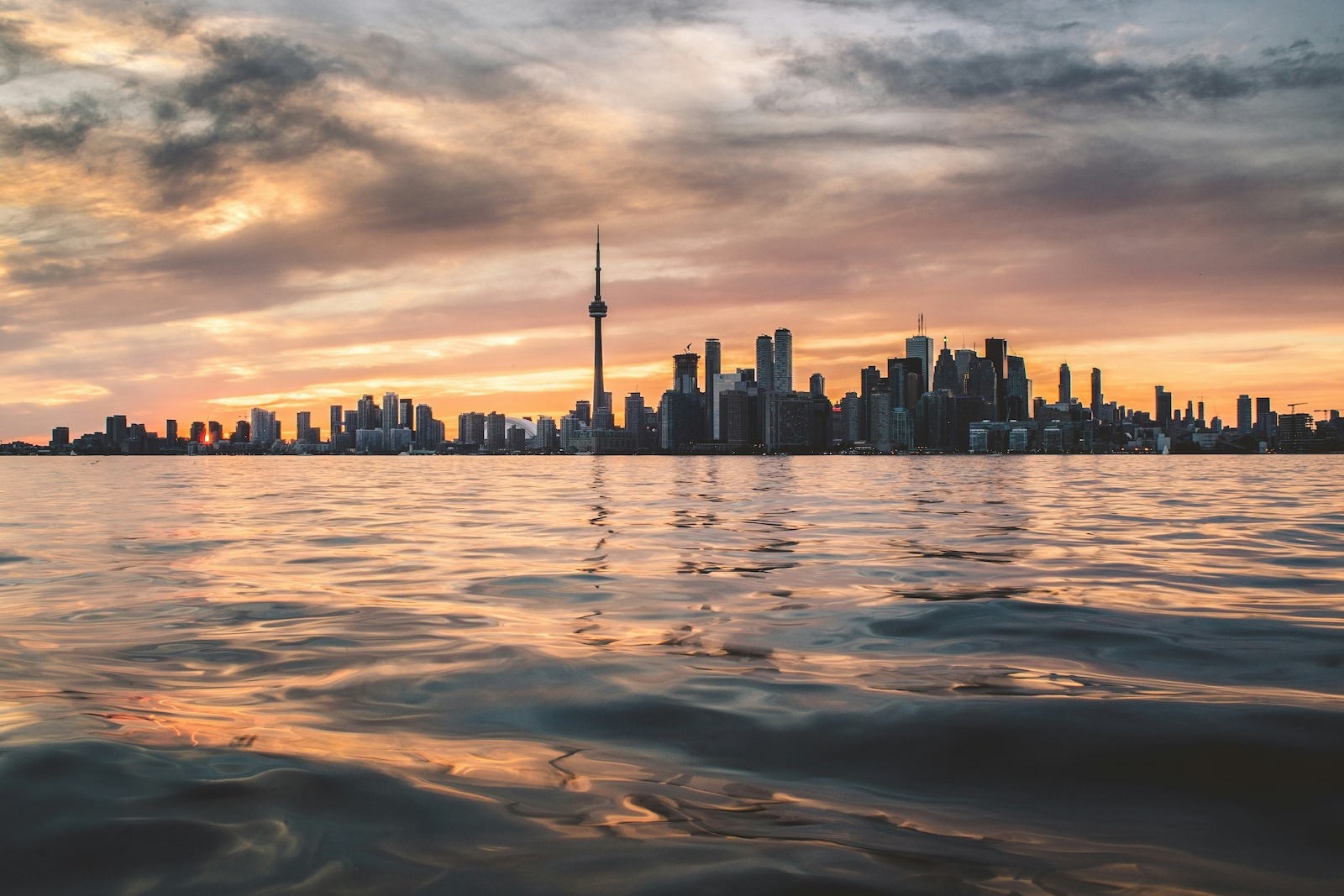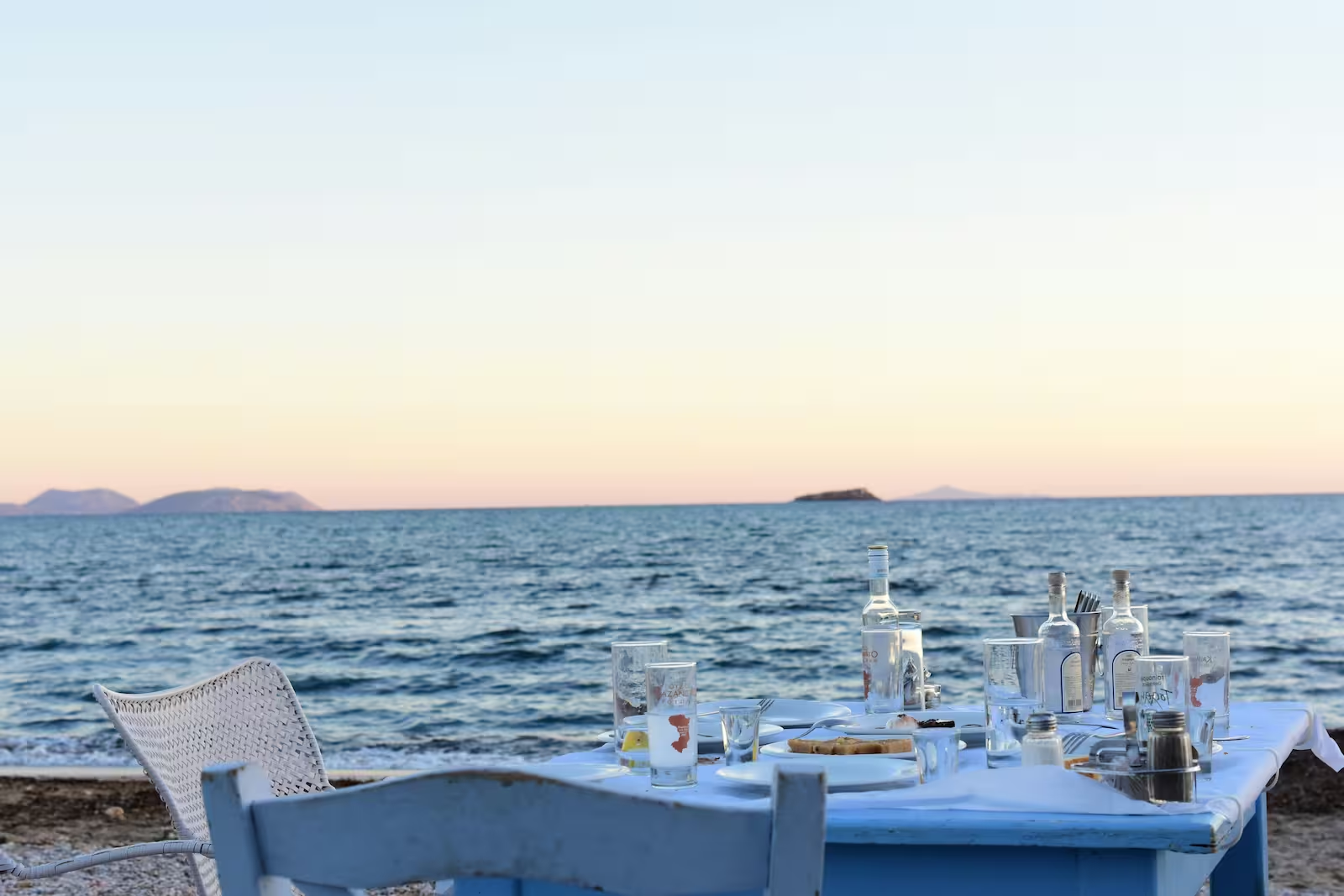Associated more with cable cars and narrow streets, a road trip in Portugal may be the last thing travellers expect. Cars are unnecessary inside the likes of Lisbon and Porto, but they are helpful when travelling to and fro — as well as all the stops you could make along the way. Each corner of Portugal spins a story different to the next, with the Algarve’s rough-around-the-edges coastline being a far cry from the North’s gentle jade valleys. Not to mention the volcanic islands of Azores and Madeira, settled with winding roads that descend into subtropical bliss.
Our 5 road trip itineraries will take you to different parts of Portugal. We start off in the southern Algarve region, followed by a journey into the mountainous North Portugal. Trips 3 and 4 focus on the Azores and Madeira respectively. Finally, our last & longest trip — Portugal Encompassed — is designed with sightseeing in mind.
Interested in exploring Portugal, but less so in hiring a car? Don’t worry. Portugal’s train service may be a little slow compared to Italy and Switzerland, but it is still a reliable mode of transport that can take you all over the country. Find out more about where you could go in Portugal via train here.

1. Algarve Coast
Difficulty level: Beginner friendly.
Hot, wet and wild, the Algarve Coast is adored by surfers and sunbathers alike. Despite attracting 4 million visitors a year, this region has its share of quieter spots. Better yet, the roads are some of the easiest in Portugal to navigate. And so a simple journey by the sea in the Algarve is not only desirable, but doable — even if you are new to longer drives.
Portugal’s own sunshine state is packed with laidback beach towns and upbeat cities, including the regional capital of Faro. Located in the centre south, this gorgeous city is a great starting point for shorter road trips. The west promises nights-out-to-remember at Albufeira and surfing coves at Lagos. Meanwhile, the east is much more subdued — containing quaint villages like the Cacelha Velha, and the enchanting city of Tavira that feels more like a town.
The exception to this rule would be Monte Gordo: one of Portugal’s most popular seaside resort destinations. Sitting right by the Spanish border, you could reach Seville by car in under 2 hours from here. So if you are hoping to cross multiple countries off of your Skratch map, the Algarve is the ideal spot for an Iberian road trip.

2. The Luxurious North
Difficulty level: Easy for cities & the Peneda-Gerês National Park; hard for Douro Valley.
Beach holidays are not for everyone. So, if you would choose valleys and lakes over sand any day, the North of Portugal might be more your vibe.
Where else to begin but Porto: one of the most romantic cities in Europe? Locals and tourists alike are infatuated with this animated harbour, where the majority of activities are budget-friendly or free.
History lovers will want to make a stop at Guimarães and Braga — both of which are just 45 minutes away via the A3. Guimarães’ crown jewel is its Medieval castle, but you will need a bit more time for sightseeing in the latter city. The Sé de Braga cathedral, Sanctuary of Bom Jesus do Monte, and Sanctuary of Sameiro have all contributed to Braga’s flattering nickname as the ‘Rome of Portugal’.

The Douro Valley is a wine lover’s dream come true, with the region’s specialty being a dry red (and occasionally white). But drinking and driving is never a good mix, particularly in a region where the roads are notoriously thin and curly with a steep drop. Expect long hours spent navigating these tricky roads: a price worth paying for a sleepy paradise.
Whilst the Douro Valley can be broken down into 3 sections, the area most recommended to tourists is the town of Peso da Régua.
But if your ideal holiday is more action-packed, don’t look away just yet. Bordering Spain is Portugal’s sole national park: the Parque Nacional Peneda-Gerês. Stretching a total distance of almost 700km², this terrain has hiking written all over it. Rugged yet sublime, key points of interest include a clear waterfall and a sanctuary for pilgrims every September.

3. To the Azores
Difficulty level: Moderate.
Azores is a tiny but mighty island, distinguishable by its dramatic and luscious landscape that has earned it the nickname as the ‘Hawaii of Europe’. There are 9 islands in total: São Miguel Island being the largest. The roads on São Miguel are in good condition overall, but using a smaller car is encouraged as some areas can get pretty narrow. Since the weather can get quite temperamental and rainy, this road trip is better suited for more confident drivers.
Fortunately on a small island, it is easy to get around just by following the road signs. Several São Miguel road trip itineraries online focus on sections of the island at a time, with roughly 1 hour drives in between pinpoints like Ponte Delgada and Nordeste.
Sete Cidades (west of the island) is where you will find the Azores most famous attractions — including the astonishing Miradouro Da Boca Do Inferno viewpoint overlooking a gigantic crater lake. Water is never far away here, with giant stretches of lakes, lagoons and a black sand beach.

The west of Azores is stunning, but travellers are strongly encouraged to take their time and venture elsewhere. Lagoa do Fogo is São Miguel’s breath-taking centrepiece which you can reach via 2 hiking trails — a 30 minute trail or a 4 hour, strenuous but rewarding round-trip journey.
Further east you will find the spurting Lagoa das furnas, a crater lake unlike any other on this island. Instead of bright turquoise waters, the Lagoa das furnas is almost as green as the trees shrouding it. What excites travellers the most though are the geothermal hot springs. Although swimming here is prohibited, the thermal pools at the Poça da Dona Beija are the next best thing.
Nordeste is São Miguel’s most ‘tame-looking’ location, but that does not mean it is a waste of time. Between charming towns, hiking trails along the cliff-edge and the nearby Salto de Prego waterfall, Nordeste holds its own both in beauty and points of interest.

4. Around Madeira
Difficulty level: Hard.
Between the exquisite nature and ease of travel, Madeira is an ideal choice for a road trip. This autonomous region is technically made up of 4 islands, but only 2 of these are inhabited. Whilst Porto Santo’s long beaches are mesmerising, Madeira Island is the superior choice when it comes to road trips and more activities to do.
Driving inland takes significantly longer than driving along the coast, and so cyclical routes are often preferred by travellers. Just keep in mind that roads can be narrow and steep on this island, particularly when you are making your way out of Funchal: Madeira Island’s delightfully busy capital.

Whether you head east or west is up to you, but before you do, we recommend going up north first. Waking up just before dawn may sound like a nightmare, but the sunrise at the Miradouro do Juncal viewpoint is quite the opposite. It will take a 45 minute drive to reach this summit from Funchal, and once you are here, you may opt for a 12km round-trip hike to Pico Ruivo.
Whilst the west coast offers even more panorama drama with the highest cliff skywalk in Europe (Cabo Girão), Santa Cruz is a little more laidback. Taking a cyclical route ensures you experience the best that Madeira has to offer; but if you are short on time, nature lovers will prefer the west of the island. From rocky swimming pools to a black sand beach, the west of Madeira adds an alternative twist to the phrase ‘island life’.
Meanwhile the north-eastern village of Santana has an Animal Crossing type of charm with its unique thatch-roofed houses. Either way you go, expect there to be plenty of hiking amidst all the drives. Nowhere is this more apparent than in São Vicente: situated in the world’s largest surviving laurel forest.

5. Portugal Encompassed
Difficulty level: Beginner friendly, but long.
Last but not least is our Portugal Encompassed road trip itinerary: our biggest of the 5.
Your road trip begins in Porto. Excitable and a little whimsical, Porto combines baroque architecture with a buzz for the little things. Harry Potter fans will be intrigued by the Sao Bento train station, rumoured to have inspired the 9 and 3/4 platform. Find out more for yourself on a free Harry Potter themed walking tour.

When you are ready to say goodbye (if ever), drive via the A1 or A32 in order to reach Aveiro in an hour. People call this place the ‘Venice of Portugal’, but Aveiro’s appeal goes beyond gondolas parked in canals. It booms with an art nouveau influence, but is not without its share of beaches along the silver coast: the most famous being Costa Nova.
Head down the A1 or A17 for another hour and you will reach Coimbra, a city steeped in Medieval-era history.
A former capital for over a century, Coimbra slips under the radar for most travellers. Atop of the city’s highest hill sits a royal palace transformed into a hub for scholars and students alike. If the status of it being one of the oldest universities in the world does not impress you, the Biblioteca Joanna certainly will. This extravagant library is Beauty & the Beast sprung to life: dipped in redwood and gold.
It may be tempting to move on from Coimbra quickly, but you will want to take your time exploring its UNESCO protected streets that sing with the reverb of live music.

Our next stop meanwhile is suitable for half a day. It will take you 1 hour via the A1 to reach Batalha. Whilst Batalha is a small town, its astonishing monastery is worth the detour for several reasons. Built in celebration of independence during the 14th century, the Batalha church was one of the first buildings in Portugal to use stained glass. This Manueline style attraction is not only an UNESCO World Heritage site, but is considered to be the most culturally significant landmark of the country.
Here comes the capital you have been waiting for. There are 3 different routes you can take to Lisbon, the most uncomplicated being via the A1. Regardless of which way you go, you should arrive into Lisbon in just under 2 hours from Batalha.
Visiting Belém and its monastery should be at the top of your list, but if your brain needs a history break, Lisbon has plenty of contemporary activities to keep you content. Unwind in time for the final stop on this road trip — Sintra — which is only 30 minutes away from Lisbon by car via the A37 or A16.
Fairytale is a fitting description for Sintra, whose handful of castles & palaces are almost spell-binding. This sentiment is shared by the millions of tourists who come here each year, ready to experience the ethereal beauty first-hand.








.avif)






.jpg)

